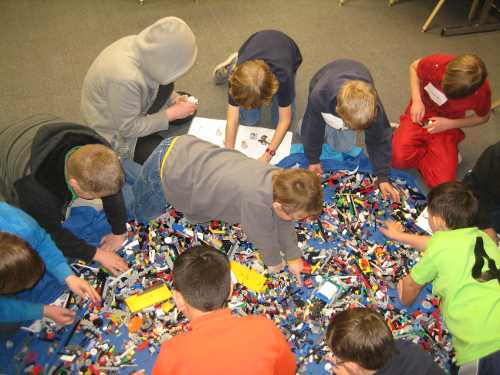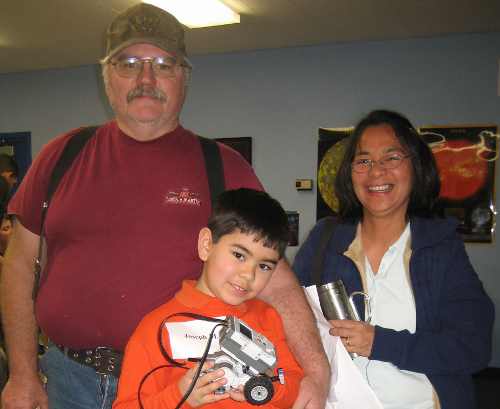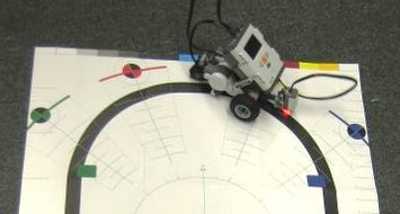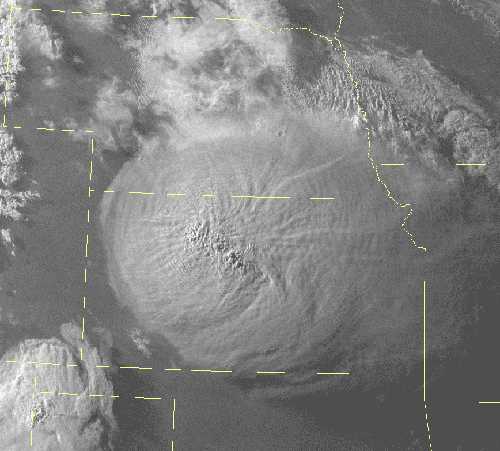- Lake County News Reports
- Posted On
Tuleyome Tales: Partnership forms in Ravenna grass eradication
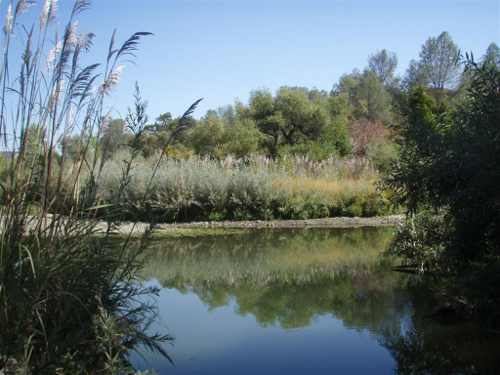
LAKE COUNTY, Calif. – A remarkable partnership project recently made great strides in eradicating a potentially devastating infestation of Ravenna grass (Saccharum ravennae) from some 70 miles of Cache Creek in Lake and Yolo counties.
This invasive weed, which was deliberately introduced to California as an ornamental and has been described as “pampas grass on steroids,” could profoundly degrade riparian areas throughout the region if not controlled, and control is particularly difficult because so many of the plants are found in steep, inaccessible terrain deep in the Cache Creek Wilderness.
The control project was sponsored by the tri-county Cache Creek Watershed Forum stakeholder group, with primary management responsibility shared by the East Lake and Yolo County Resource Conservation Districts and Bureau of Land Management.
One of the first things the group did was ask Tuleyome President Andrew Fulks for help, since he had conducted a very successful tamarisk eradication project in this remote area several years before.
Using kayaks, Tuleyome volunteers pinpointed hundreds of clumps of Ravenna grass with GPS equipment, many perched too high on the canyon walls to be reached from the creek level.
The scope of the infestation was far worse than anyone had imagined, and plainly too extensive to tackle with volunteers alone.
Working together, the Yolo and Lake County RCDs then obtained funding through an American Recovery and Reinvestment grant, with supplementary money from the Rose Foundation to cover the segments on BLM land.
Under the supervision of Yolo RCD Vegetation Management Specialist Gillies Robertson, work on the section downstream from Cache Canyon proceeded uneventfully, but the upstream portion remained daunting: not only was the terrain remote and rugged, its designation as federal Wilderness precluded the use of any form of motorized transportation.
This meant that work crews faced the prospect of long off-trail hikes in bear country, carrying massive quantities of gear, merely to reach the work site.
In the words of East Lake RCD Watershed Coordinator Greg Dills, “This was one of the most tactically difficult projects we have been involved with to date. There were multiple project partners, some of the most rugged terrain in Northern California, restrictions due to Wilderness designation, multiple landowners (both private and public), and bears.”
The conundrum was solved by Cache Canyon River Trips from Yolo County, which provided two large rubber rafts – rafts that usually carry white water recreationists – to transport equipment, supplies and work crews down the creek from the Clear Lake dam and through 25 miles of project area.
Lake County’s Back Country Horsemen also offered to pack in gear, though it turned out that their assistance wasn’t needed.
Although the job remained difficult, it was no longer impossible; starting in mid-August 2011 an estimated 90 percent of the Ravenna grass on Cache Creek was eradicated, providing a model for protecting the biodiversity of a precious wilderness area while simultaneously guarding the special values that make wilderness unique.
The problem now is to mop up the scattered plants left behind and to exterminate seedlings before another widespread stand can become established.
A little grant money remains for an early treatment in the spring, and both RCDs are looking for additional funding sources to continue the project in the future.
Monitoring will be necessary for several years to insure control, and rafters, kayakers, equestrians and hikers are invited help this effort by surveying for regrowth as they recreate in the area.
Victoria Brandon is a Tuleyome board member. She represents the Sierra Club on the California Invasive Species Advisory Committee. Brandon lives in Lower Lake, Calif.
Follow Lake County News on Twitter at http://twitter.com/LakeCoNews, on Tumblr at www.lakeconews.tumblr.com , on Google+, on Facebook at www.facebook.com/pages/Lake-County-News/143156775604?ref=mf and on YouTube at www.youtube.com/user/LakeCoNews .
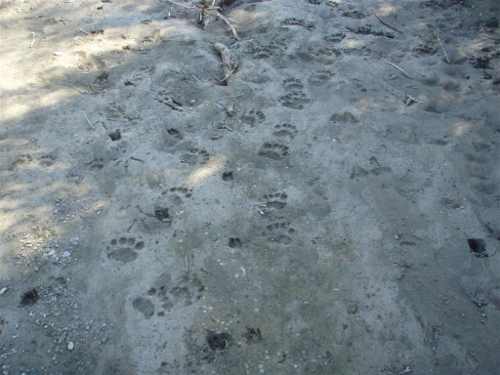

 How to resolve AdBlock issue?
How to resolve AdBlock issue? 